Taman Shud Case, also called the Mystery of the Somerton Man, is an unsolved criminal case about a man who never had his name and origin discovered, found dead on December 1, 1948, on the beach at Somerton, city of Adelaide, Australia.
What is the meaning of Taman Shud?
Normally criminal cases carry the name of the victim, in this case, how the body was never identified, this was not even possible. However, in a secret compartment of the man’s pants, investigators found a piece of paper printed with “Tamám Shud.” The terms are part of Rubaiyat poems, and mean “finished”.

Body found
On November 30, 1948, around 8:00 pm, a couple was walking around the beach and spotted a man lying in a strange position, it caught their attention, the man did not react to the flies around him. However, they decided not to approach, since they thought he was drunk or just sleeping.
The next morning, around 6:30 a.m., some police officers approached the body and noticed that it was dead. At first it was just another ordinary death, nothing significant was found. However, something caught the eye, there were no documents to identify him and there were no reports of missing persons in the area. No one could tell who this person was.
Start of investigations
No one seemed to have moved the body. It was as if he had just laid down to sleep there and died.
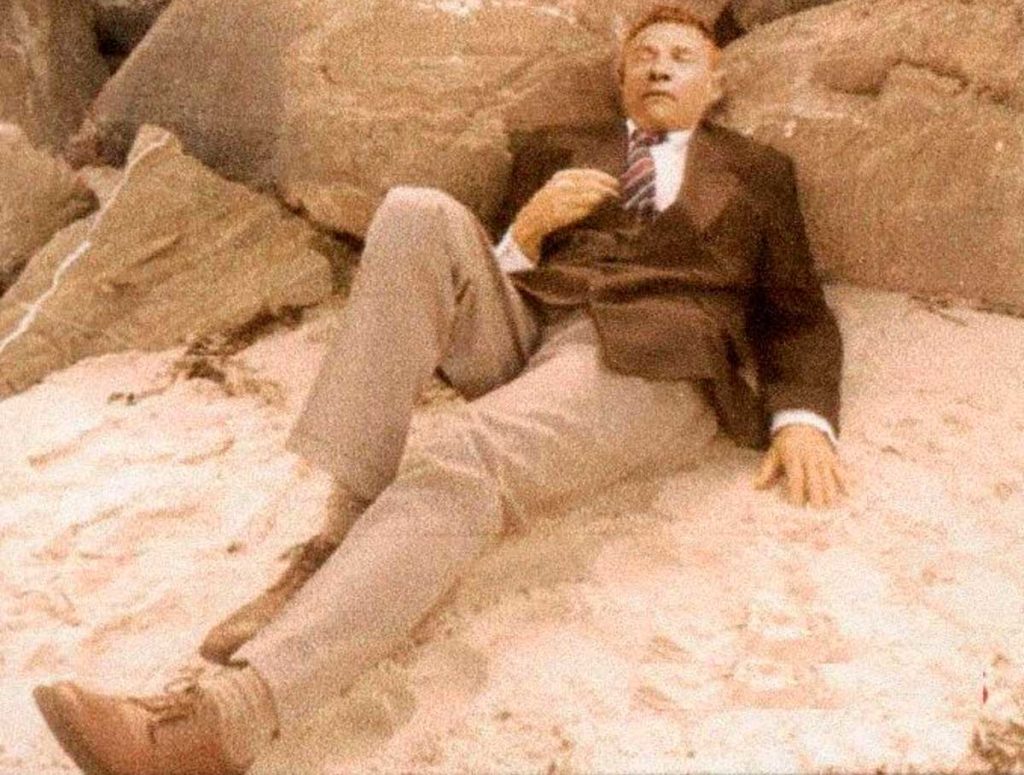
The man was wearing a white shirt, brown pants, tie, socks, shoes, and, even with the warm weather during the day and night, also carried a European-style sweater and jacket. All without tags, they had been removed. There was no sign of violence, and there were no documents to identify him either.
His pockets had bus tickets, a hair comb and a cigarette wallet, which the box showed one brand, but the cigarettes inside were of a different brand. As for the bus ticket, the place where it was bought was only 250 meters (820 feets) from the crime scene. How the ticket was used, it evidences the man arrived in that area by bus.

Body conditions
One of the pathologists chosen was John Burton Cleland. According to his studies, the dead man had a British appearance and an age between 40 and 50 years. Due to the specific characteristics of the body, everything indicated that the man did not perform manual labor, despite having defined muscles.
Burton Cleland noted that the man’s shoes were clean and appeared to have been freshly shined, unlike we expect from a man who had been wandering around all day.
This theory fits with the theory the body may have been taken to Somerton Beach after his death, taking into consideration the lack of evidence of vomiting and convulsions, the two main effects of poisoning.
However, this theory was probably wrong, as witnesses saw a man with the same profile the night before and in the same place. These people strongly believed it was the same person, even though they did not approach the man.
I would not be surprised if it confirmed that he died of poisoning, and that the poison was probably a glycoside and that it was not administered accidentally; what I cannot say is whether it was administered by the dead man himself, or by someone else.
John Burton Cleland.
Another pathologist, Dr. John Dwyer, concluded that the man’s last meal would have been a pastry and did not identify any foreign substances in his body. But despite this, poisoning remained the prime suspect.
I am convinced that the death was unnatural (…) I suppose the poison used may have been a barbiturate or a soluble hypnotic.
John Dwyer.
The pathologist indicated in the report that some organs were three times larger than normal, especially the spleen and kidneys, there was also blood and food mixed in his stomach, giving the final result as “acute gastric hemorrhage, extensive congestion of the liver and spleen, and congestion of the brain.”
I think the cause of death was a heart attack, but I can’t tell what caused the attack.
Robert Cowan, a chemical expert who examined samples from the body.
Popularization of the case
Australian police released his image around the world, yet no one has identified the man, it is as if no person in the entire world knew the victim.
Suitcase found
On January 14, 1949, employees at the Adelaide railway station found a brown suitcase in the station lockers, which they later discovered belonged to the dead man.
Inside were found several common items of a traveler, such as clothes and shaving instruments, and others more unusual, such as a knife that was sharpened in such a way that it apparently served as an instrument of self-defense, as well as a pair of scissors, often found on merchant ships.
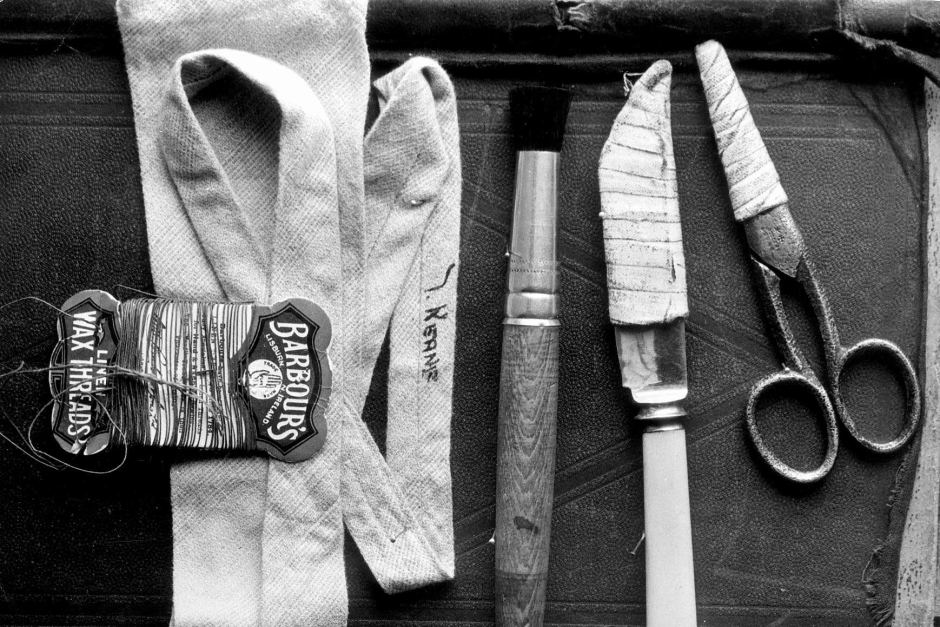
Inside the suitcase there was also a orange thread, the same thread used to repair the man’s pants. As this thread was quite unusual for the region, this strengthened the idea that the suitcase was his.
As well the clothes on the man’s body, all the clothes in the suitcase have had their tags removed.
Tamám Shud
The police hired public library officials to analyze the writing “Tamám Shud.” They concluded the piece of paper had been removed from the Rubaiyat book of poems by Omar Caiam.
With these discoveries and the disclosures made public by the police, a person came forward revealing had found a rare first edition of the book in the back seat of his car, which was parked and unlocked near the crime scene the night before the event.
The police then discovered that it was the same book from which the writing “Tamam Shud” was torn off. That person reportedly did not know how the book got inside his car, and his identity was never revealed.
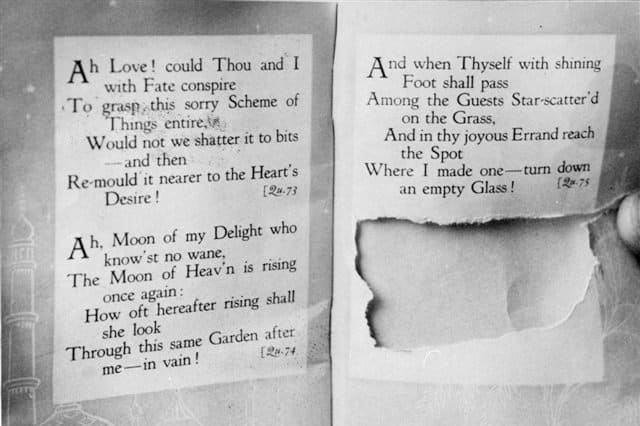
A phone number was found on the back of the book, it belonged to a former nurse who lived half a mile from the crime scene.
The woman stated that she owned a copy of the Rubaiyat, but that in 1945 she gave it as a gift to an army lieutenant named Alfred Boxall, who was then serving in the Australian Army.
This woman has never had her identity revealed by the police, however her name is estimated to be Jestyn, who died in 2007. She is considered a key is this history, and her anonymity had made investigations very difficult.
As for Boxall, the police believed the dead man was him, until they found him alive and with his copy of the Rubaiyat, complete with the “Taman Shud” on the last page.
Main theory
The most accepted theory is that the man was a spy, something common at that time, given the proximity to the second world war, where this type of investigation became popular.
The agents always ripped the tag off their clothes, the same way the man did. This was a strategy taken to make it as difficult as possible to trace its origin.
His coat was made in the United States, according to a tailor hired to analyze the evidence, he also had strong British features, and he wore very formal clothing for the environment in which he was found. This may show that the man was probably not local and had traveled a lot in his life.
The place he was lying were a public place, not the kind of place a man would choose if he wanted to go somewhere to die quietly.
In addition, the writing on his pocket indicated “terminated,” pointing a good chance the man had either committed suicide or had been “eliminated” for some reason, perhaps because they discovered he was a spy.
Body exhumation
The man was buried in 1949, under a headstone inscribed “the unknown man”. In May 2021 the body was exhumed, after an intense struggle by Derek Abbott, a professor and scientist at University of Adelaide (university in the region).
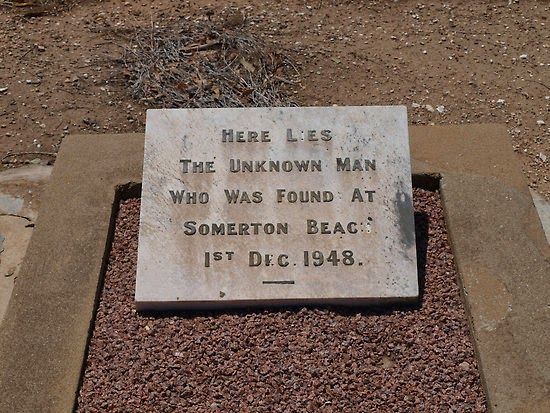
Derek Abbott, after several investigations, concluded there was a good chance that Rachel Egan was the granddaughter of the man found. The affair brought the two closer together, until they married. They now have three children and are waiting for the results of the DNA test to find out who the man is.
The result can take years to complete.

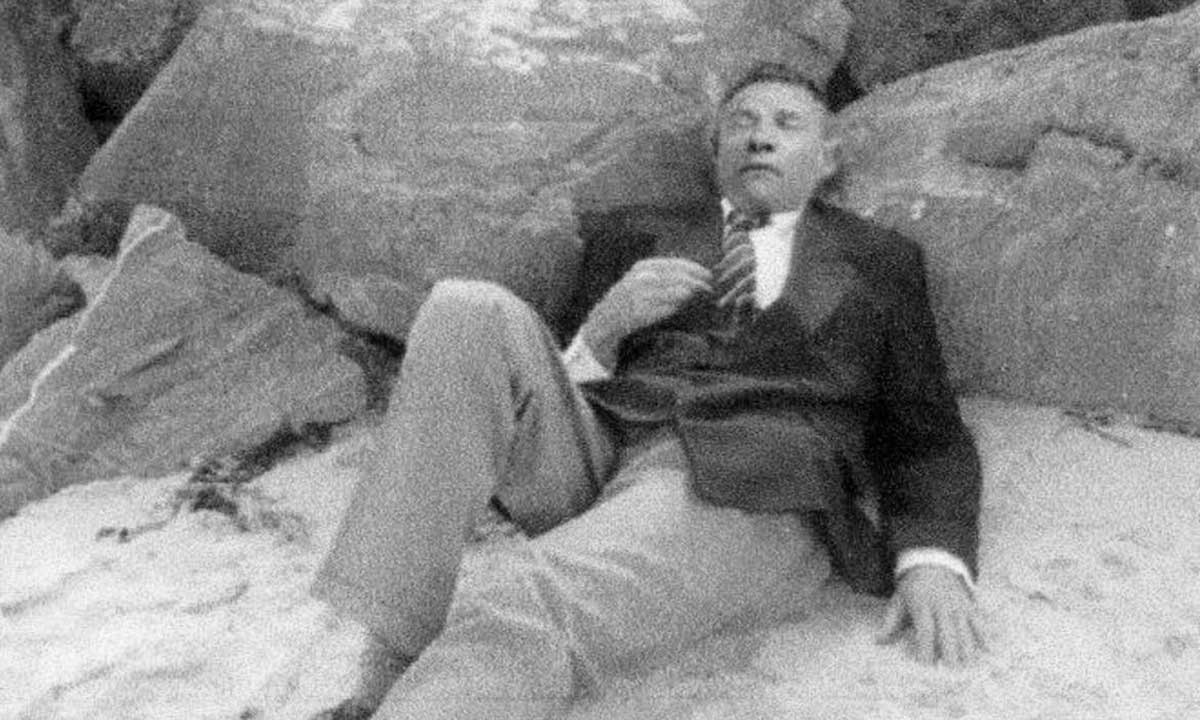
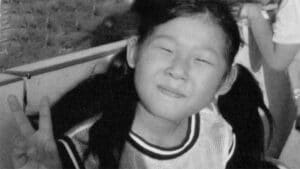





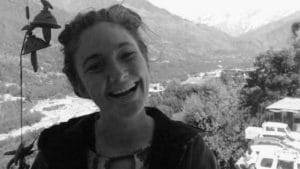


Thank you for the synopsis.. Your writing was enjoyable and to the point, saving me a lot of time.😁 Very interesting and I will await his true identity
He was identified recently as Carl Webb